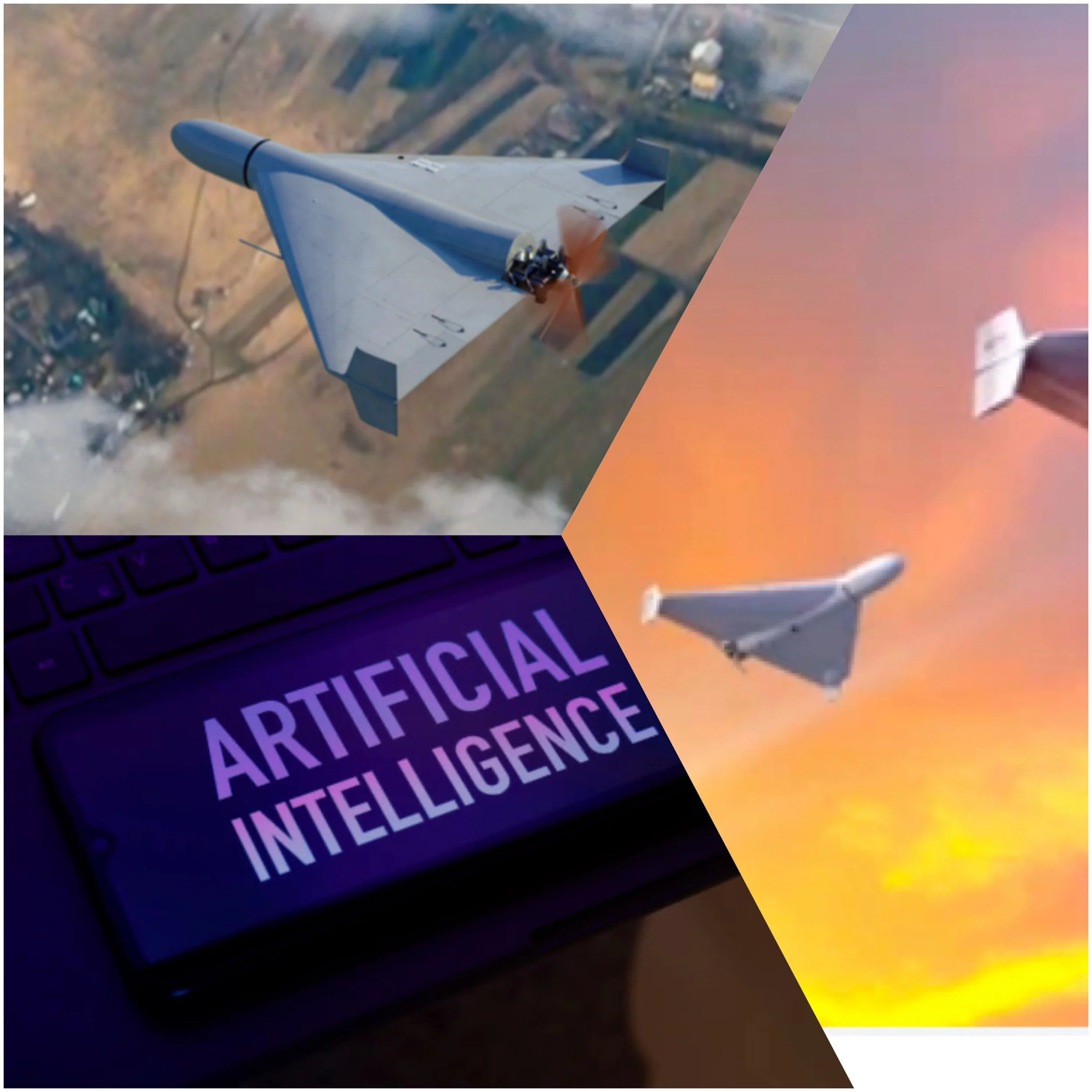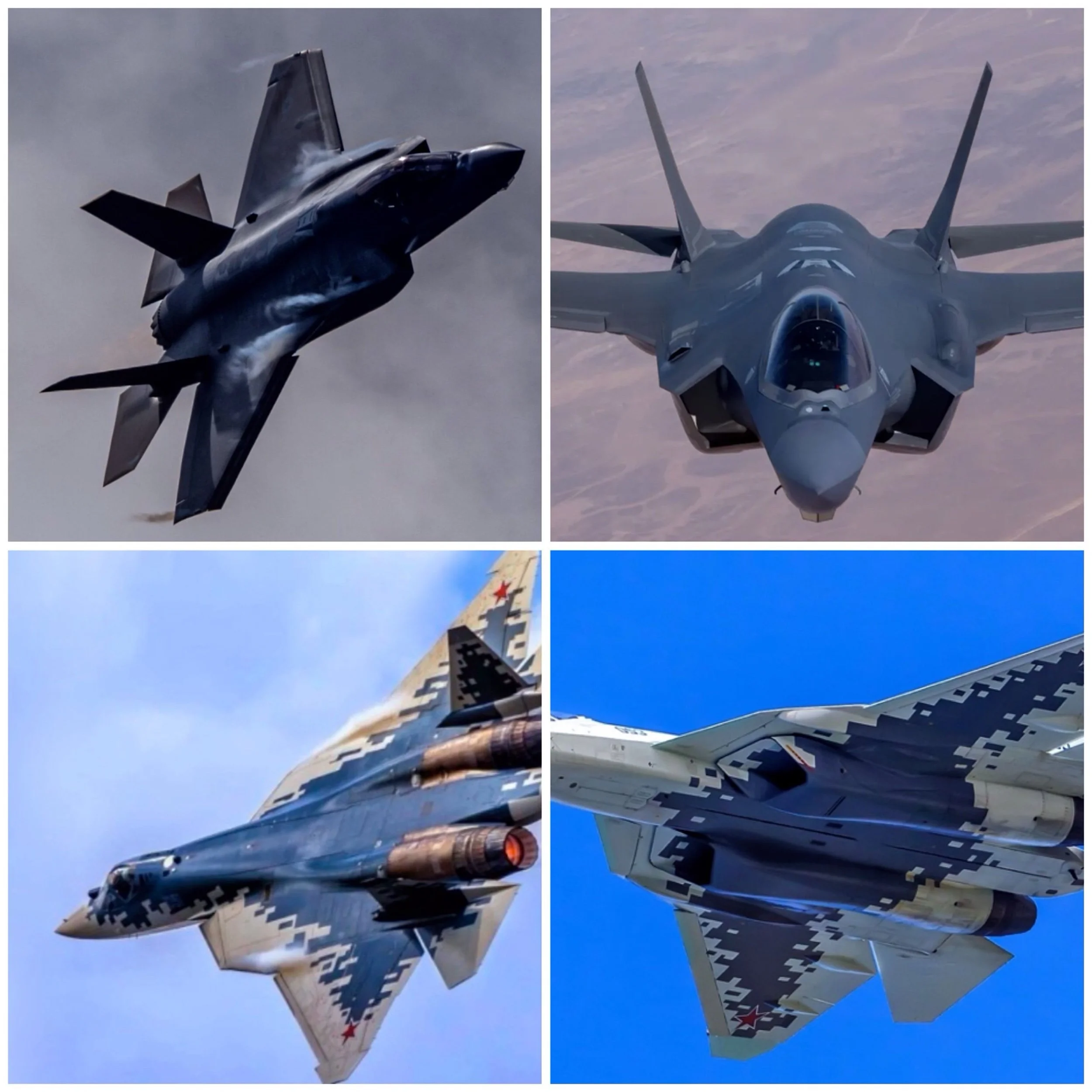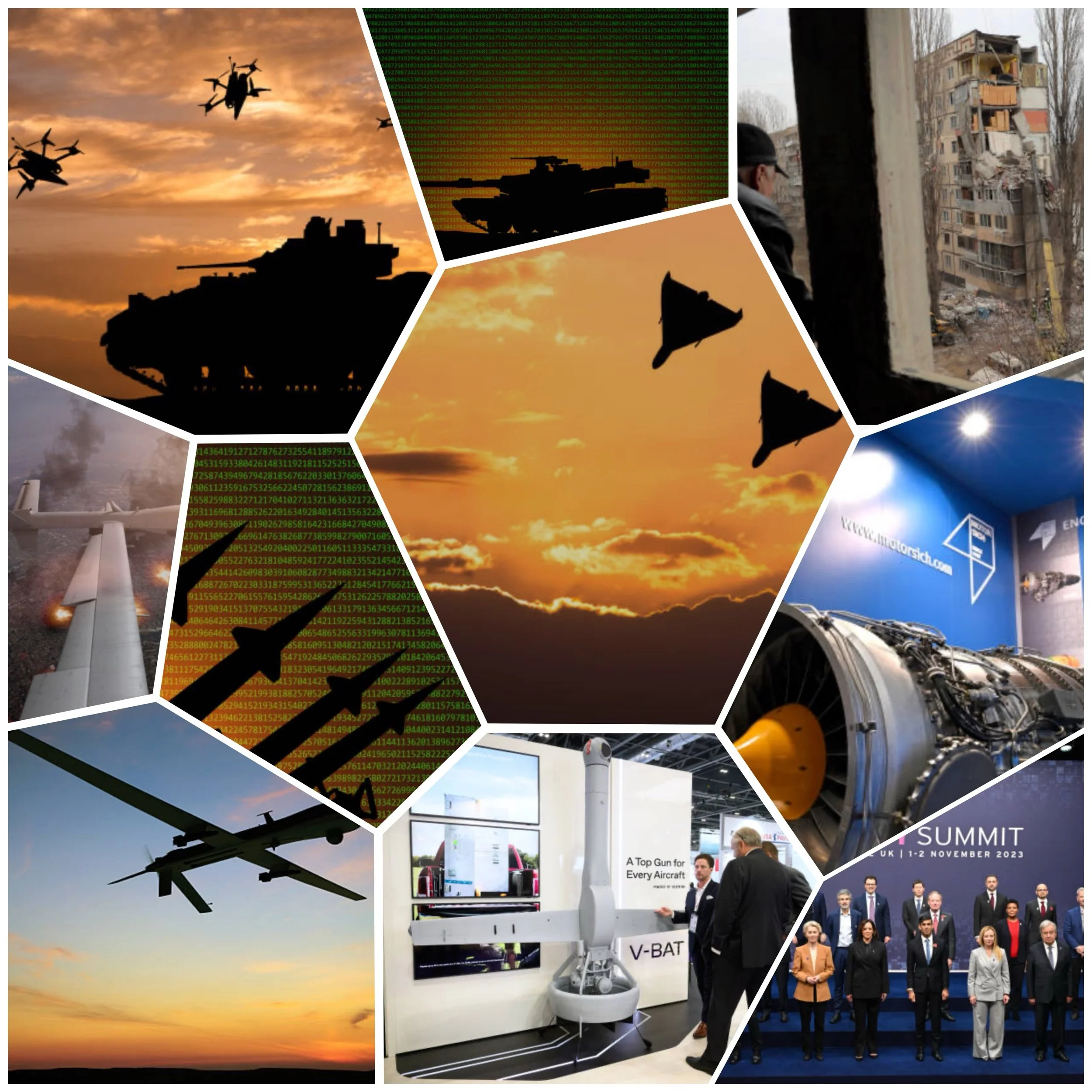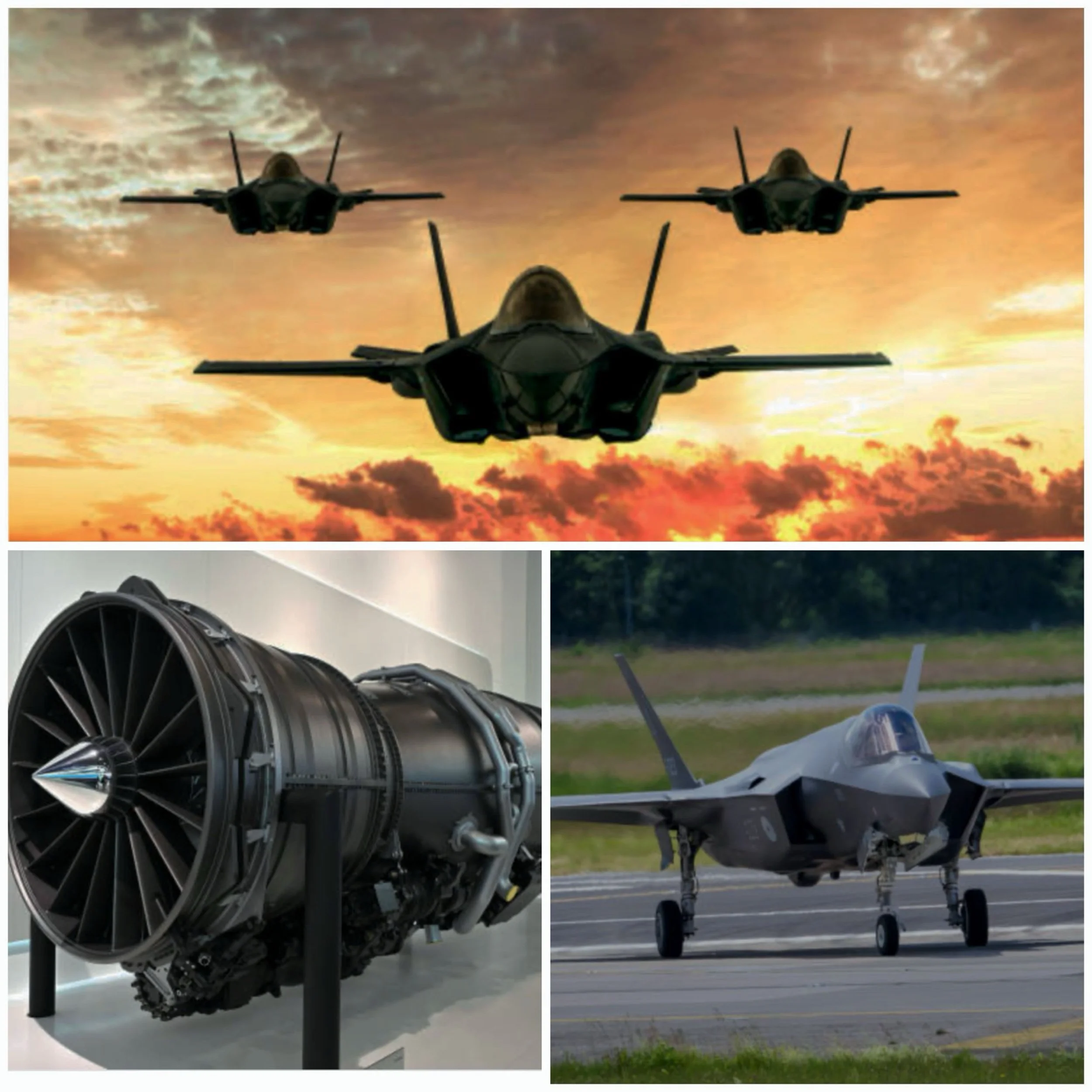How does the use of AI in drones impact the battlefield strategy
Introduction
The use of AI in military drones is significantly impacting battlefield strategy, revolutionizing modern warfare in several key areas:
Enhanced Decision-Making and Situational Awareness
AI-powered drones are dramatically improving decision-making processes and situational awareness on the battlefield:
Real-time Data Processing: Advanced AI algorithms enable drones to process vast amounts of data from multiple sensors instantaneously, providing commanders with up-to-the-minute intelligence.
Improved Target Recognition: AI enhances the ability of drones to identify, classify, and track objects of interest with unprecedented accuracy and speed.
Threat Assessment: AI-driven systems can detect anomalies, potential failures, and abnormal behavior patterns, alerting personnel to potential threats immediately.
Autonomous Operations and Swarm Intelligence
The incorporation of AI is enabling new levels of autonomous drone operations:
Swarm Tactics
AI allows for the coordination of large groups of drones in swarms, following principles of separation, alignment, and cohesion.
Overwhelming Force
Swarm drone attacks can overwhelm enemy defenses and perform complex tactical and strategic military tasks.
Adaptive Mission Planning
AI enables drones to adapt to dynamic environments and make split-second decisions, improving mission success rates.
Strategic and Tactical Advantages
AI-enhanced drones are providing significant advantages in military strategy:
Force Multiplication
The ability to deploy large numbers of relatively inexpensive, AI-powered drones can deny adversaries air superiority and provide a decisive advantage in various conflict scenarios.
Extended Operations
Autonomous aerial refueling capabilities allow for extended operational range and duration.
Rapid Response
AI-enabled drones can quickly respond to changing conditions, altering their formation or tactics autonomously.
Challenges and Ethical Considerations
The integration of AI in military drones also presents new challenges:
Reduced Human Control
As AI takes on more decision-making roles, there’s a risk of reduced human oversight in lethal operations.
Ethical Concerns
The development of Lethal Autonomous Weapons Systems (LAWS) raises significant ethical questions about the role of machines in warfare.
Regulatory Gaps
The lack of international regulations for AI-powered autonomous weapons is causing concern among human rights groups.
Future Implications
The continued advancement of AI in military drones is set to further transform warfare:
Accelerated Tempo
AI-powered drones could significantly increase the speed and scale of attacks, potentially overwhelming traditional defense systems.
Strategic Shift
Drones are evolving from auxiliary support to primary offensive tools, becoming strategic weapons that states may amass in large arsenals.
Human-Machine Collaboration
Future warfare will likely see increased collaboration between human operators and AI systems across various stages of military operations.
Conclusion
The integration of AI in military drones is fundamentally altering battlefield strategy, offering unprecedented capabilities in autonomous operations, decision-making, and force multiplication.
However, this technological leap also brings significant ethical and regulatory challenges that will need to be addressed as these systems become more prevalent in modern warfare.





